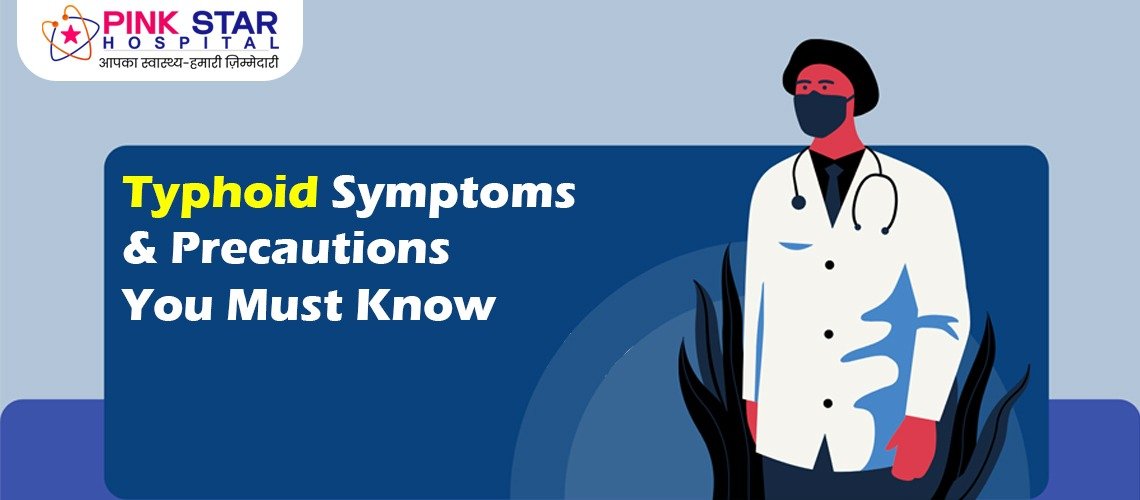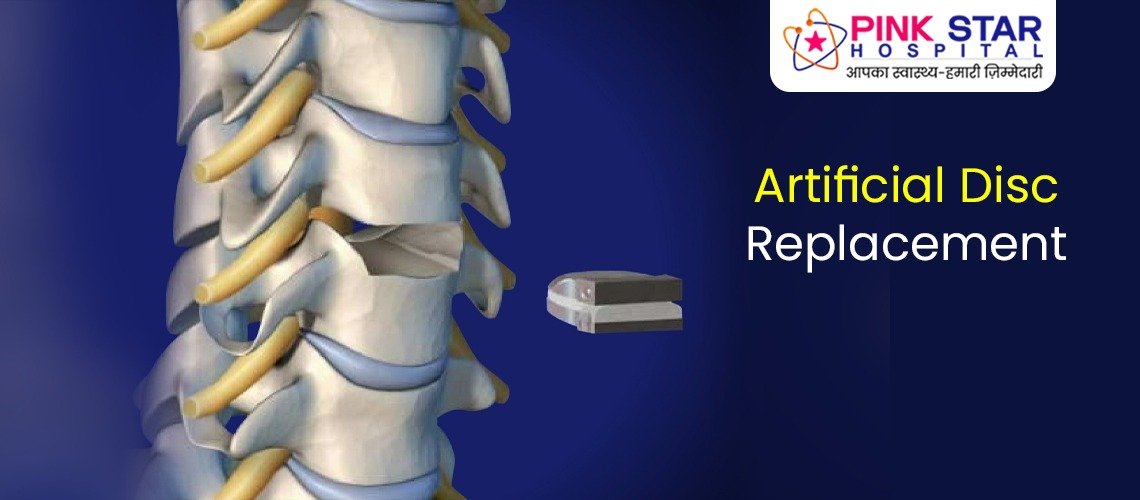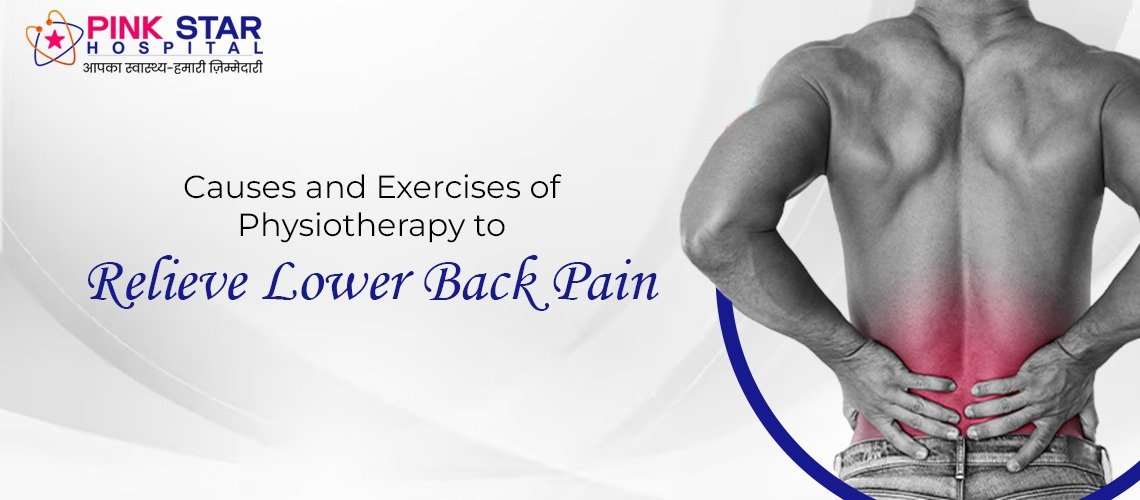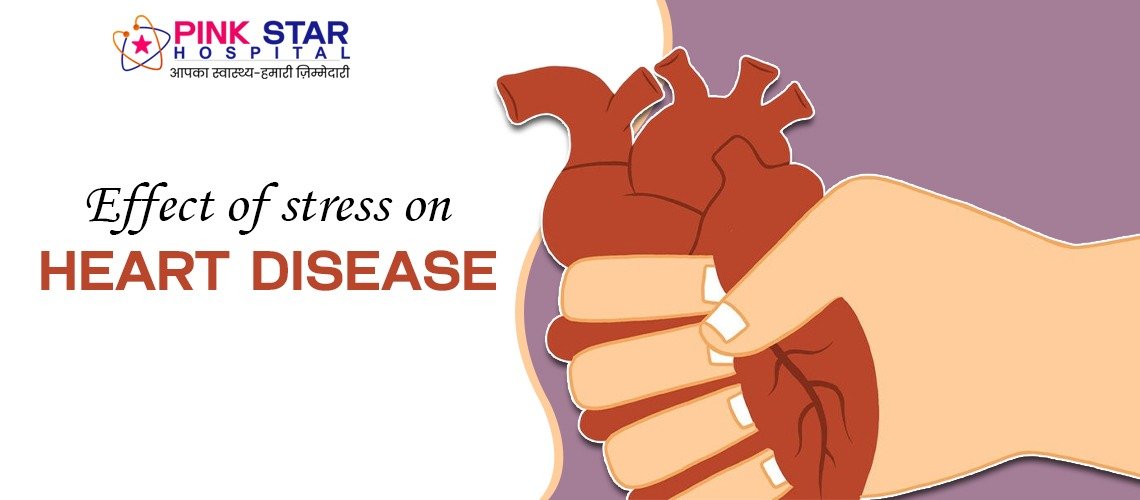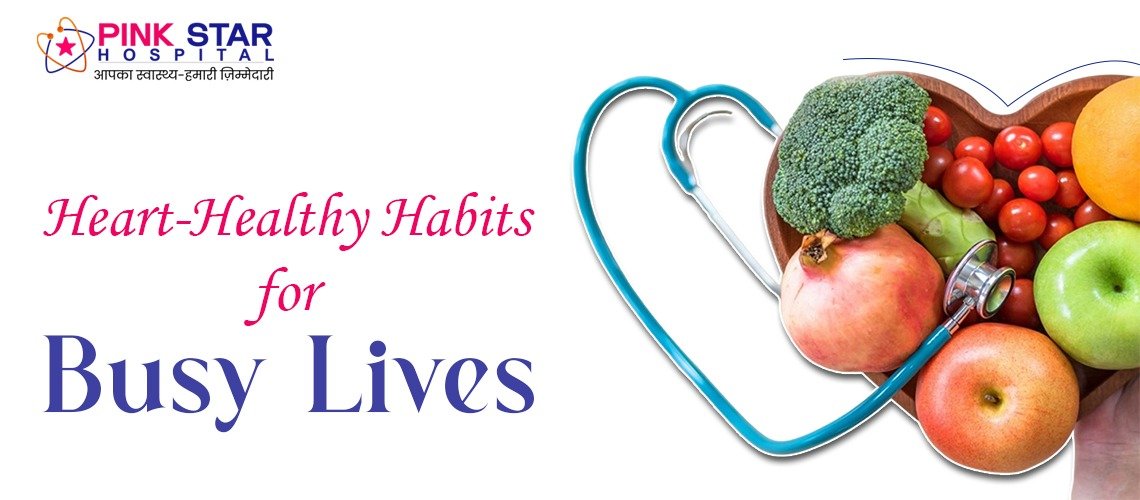WHAT YOU SHOULD KNOW ABOUT FLU? Flu, short for influenza, is a rapidly spreading respiratory illness caused by a virus. It presents with symptoms such as fever, inflammation of the respiratory tract, severe exhaustion, and muscle pain. Seasonal outbreaks occur annually across various states in India. In medical terminology, flu is referred to as Acute Febrile Respiratory Illness (AFRI) or Influenza Like Illness (ILI). Common cold vs. flu It can be challenging to distinguish between the flu and the common cold, as both share symptoms such as body aches, weakness, runny nose, sneezing, sore throat, and chest discomfort. However, the flu is typically characterized by a fever lasting 3 to 4 days, with temperatures ranging from 100 to 102°F, severe headaches, extreme fatigue, and possible complications like bronchitis and pneumonia. Types of flu viruses Influenza viruses come in three types: A, B, and C. These viruses continually change their structure, making it difficult for healthcare providers to keep up with effective treatments. As of March 2015, India had over 33,000 confirmed cases of flu and more than 2,000 deaths. The H1N1 strain, also known as swine flu, is responsible for over 98% of seasonal influenza A cases. Type B influenza also contributes to annual flu epidemics, while type C generally causes milder symptoms and does not usually trigger widespread outbreaks. Prevalence In temperate regions, flu is most common in winter. However, in tropical countries like India, flu occurs year-round, with peak cases often during the rainy season. Young children are particularly susceptible to flu, and they can carry high levels of the virus, potentially spreading it for an extended period. Transmission Flu viruses spread through tiny droplets released into the air when an infected person coughs, sneezes, or talks. These droplets can infect people within a six-foot radius. Additionally, touching objects contaminated with the virus and then touching your nose, mouth, or eyes can lead to infection. People can transmit the virus from the first day of symptoms up to a week after falling ill, making isolation challenging. Clinical features Common symptoms of flu include fever, which is present in more than 90% of cases, a dry cough, nasal congestion or runny nose, headache, sore throat, muscle aches, fatigue, and extreme exhaustion. In healthy individuals, symptoms typically resolve without treatment within 5 to 8 days. Complications – Respiratory complications: The most common respiratory complication is pneumonia, a bacterial infection of the lungs that causes cough, fever, chills, and other symptoms. Acute respiratory distress syndrome (ARDS) is another serious complication that reduces oxygen supply to the lungs and blood. Secondary bacterial pneumonia can also complicate flu in both children and adults. – Non-respiratory complications: Though less common, non-respiratory complications can be severe. These include brain damage, inflammation around the heart, muscle tissue degeneration, and kidney failure. Central nervous system complications, more common in children, may involve brain infection and inflammation, spinal cord or bone marrow inflammation, and nerve attacks leading to muscle weakness or paralysis. High-risk groups Individuals at higher risk for developing flu complications include: 1. Children under 5 years old (especially those under 2) 2. Adults aged 65 and older 3. Pregnant women 4. Residents of nursing homes, regardless of age 5. Individuals with weakened immune systems (due to HIV, cancer, transplants, or steroid use) 6. People with specific medical conditions such as asthma, chronic pulmonary diseases, significant cardiac disease, neuromuscular disorders, chronic metabolic diseases (e.g., diabetes), chronic kidney disease, and blood or bone marrow diseases (e.g., sickle cell disease). Diagnosis Diagnosing flu can be challenging, as symptoms may overlap with other respiratory infections. The World Health Organization defines Influenza Like Illness (ILI) as an acute respiratory infection with a measured fever of 38°C (100.4°F) or higher and a cough that started within the last ten days. Lab testing, including samples from nasal discharge, throat swabs, and sputum, can help confirm the diagnosis and guide appropriate treatment. Management principles The management of flu involves supportive care, antiviral drugs, and infection control. – Treatment with antiviral drugs: All cases of highly suspected or lab-confirmed influenza should be treated promptly with antiviral drugs, regardless of vaccination status or illness severity. In children, antiviral medications like oseltamivir (available in capsule or liquid form) and zanamivir (inhaler) can shorten the illness duration by about a day and a half if started within 48 hours of symptom onset. – Prevention of infection: Persons in contact with high-risk individuals, as well as residents of institutions exposed to flu outbreaks, should receive antiviral treatment for prevention. Vaccination Vaccination is essential for preventing influenza and its complications. A yearly flu vaccine is recommended for everyone aged 6 months and older. The trivalent inactivated vaccine (TIV) protects against two influenza A viruses (H1N1 and H3N2) and one influenza B virus. It should be administered annually before flu viruses become prevalent in the community. – TIV recommendations: TIV is recommended for all children aged 6 months and older. Children aged 6 months through 8 years require two doses of the vaccine, administered 4 weeks apart. TIV or the Live Attenuated Influenza Vaccine (LAIV) should be given to contacts of high-risk individuals, pregnant women, and healthcare professionals.

